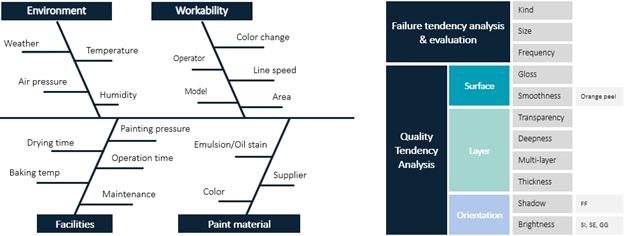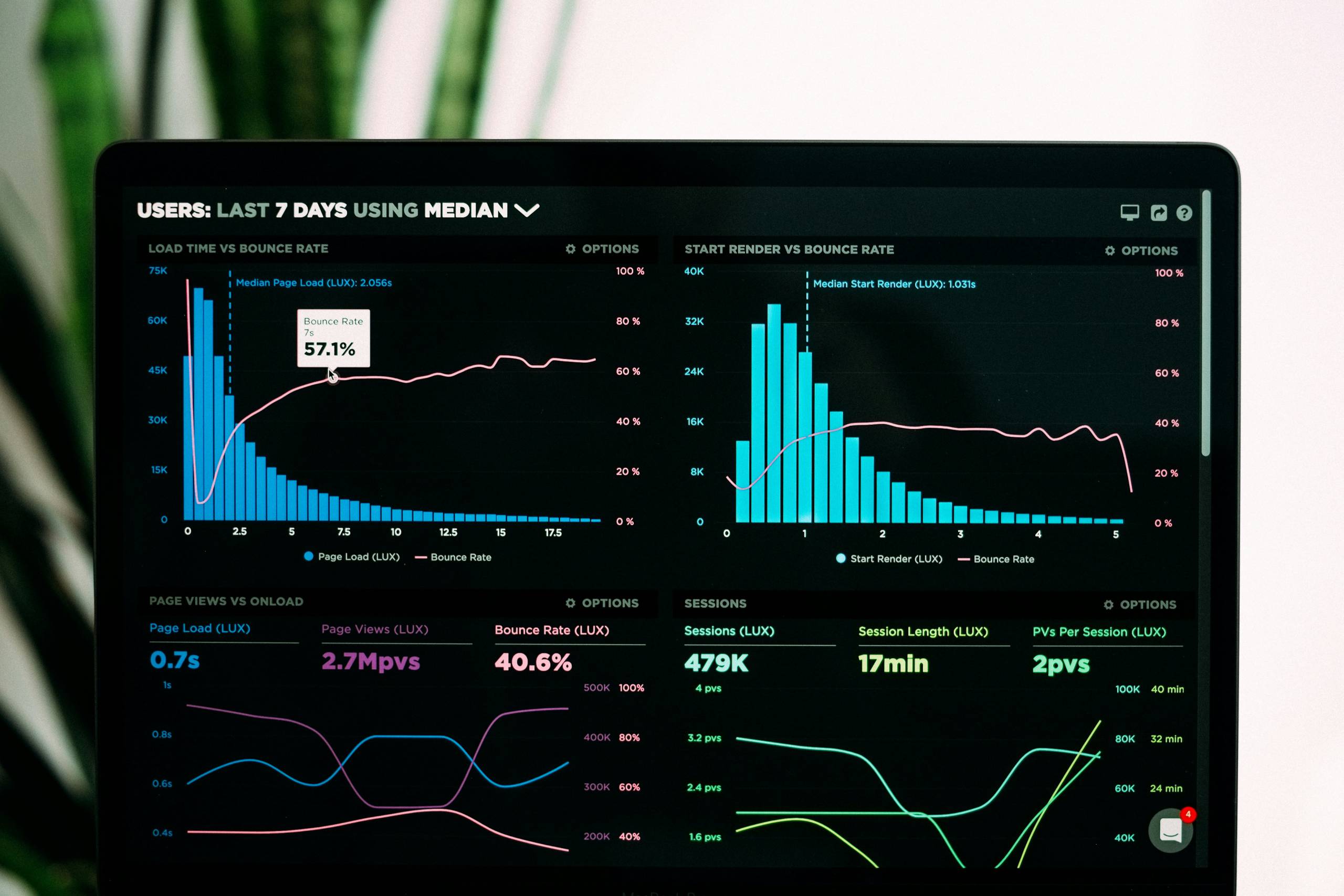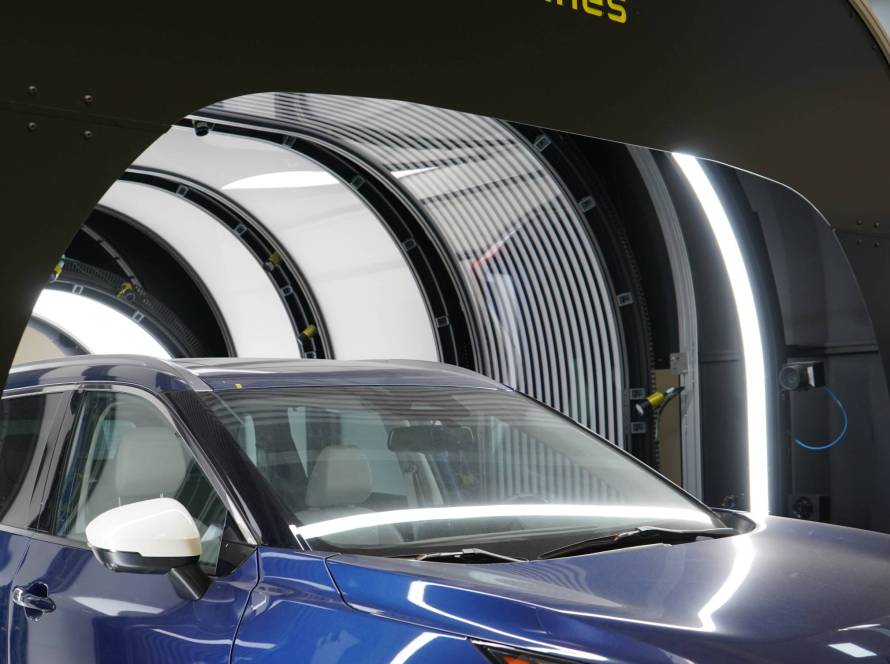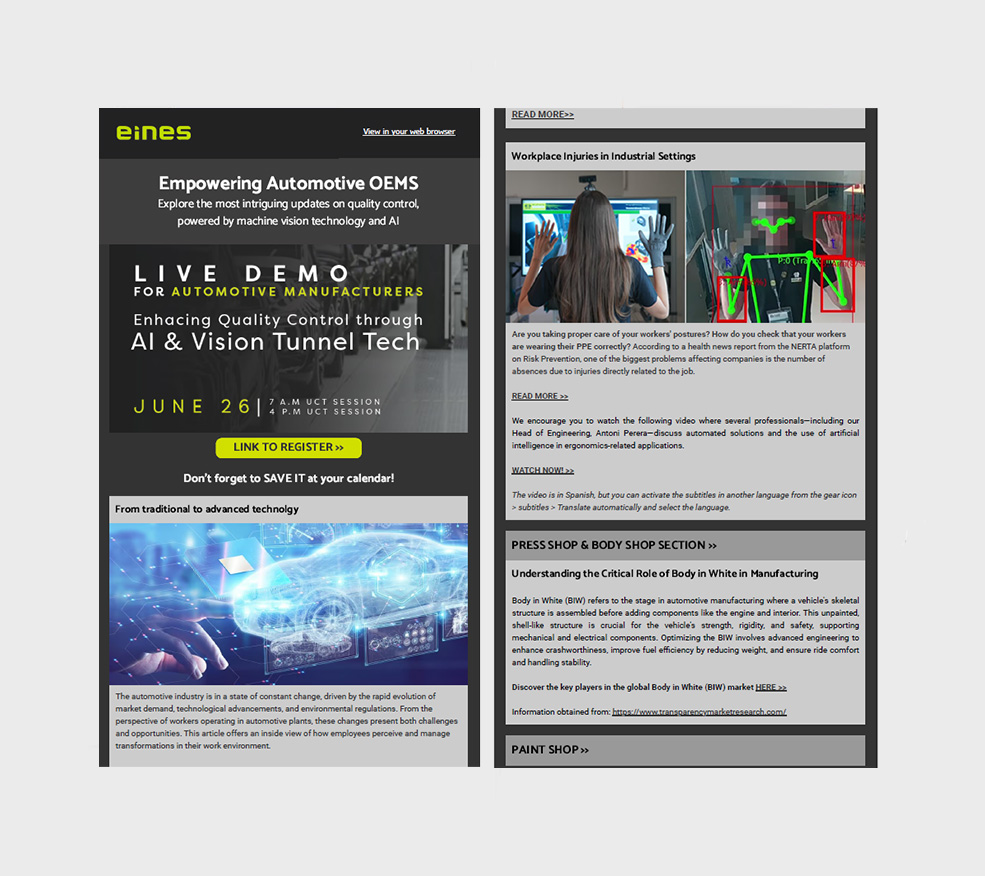Paint booths are among the most critical and costly areas in a vehicle manufacturing plant. Implementing Paint Shops Preventive Actions is essential because any defect at this stage directly impacts customer perception and leads to costly rework. The application of machine vision in paint shops has revolutionized how paint defects are detected and analyzed in the automotive industry.
Which kind of defects can detect?
Today, automated visual inspection systems can identify imperfections such as orange peel, inclusions, bubbles, runs, or gloss variations. However, the real breakthrough lies in defect data analysis, turning inspection into a predictive tool.
By digitalizing every inspected body, visual and technical data is stored and analyzed to identify recurring failure patterns. Through the use of Big Data techniques and Artificial Intelligence, quality teams can correlate defects with environmental variables (temperature, humidity, paint type), equipment status, or even the production shift.
Can Paint Shops Preventive Actions Technology Prevent Defects?
This approach enables preventive actions instead of corrective ones, optimizing resource usage and reducing waste generation. It also supports brands’ sustainability goals by minimizing paint and solvent consumption.
Machine vision in paint inspection not only enhances the final product’s quality—it also transforms the paint shop into a data-driven decision center. This transformation is key for plants aiming to remain competitive and align with the smart factory model.
Ishikawa diagram – CAUSES (explanatory variables vs RESULT (Objective variables)







